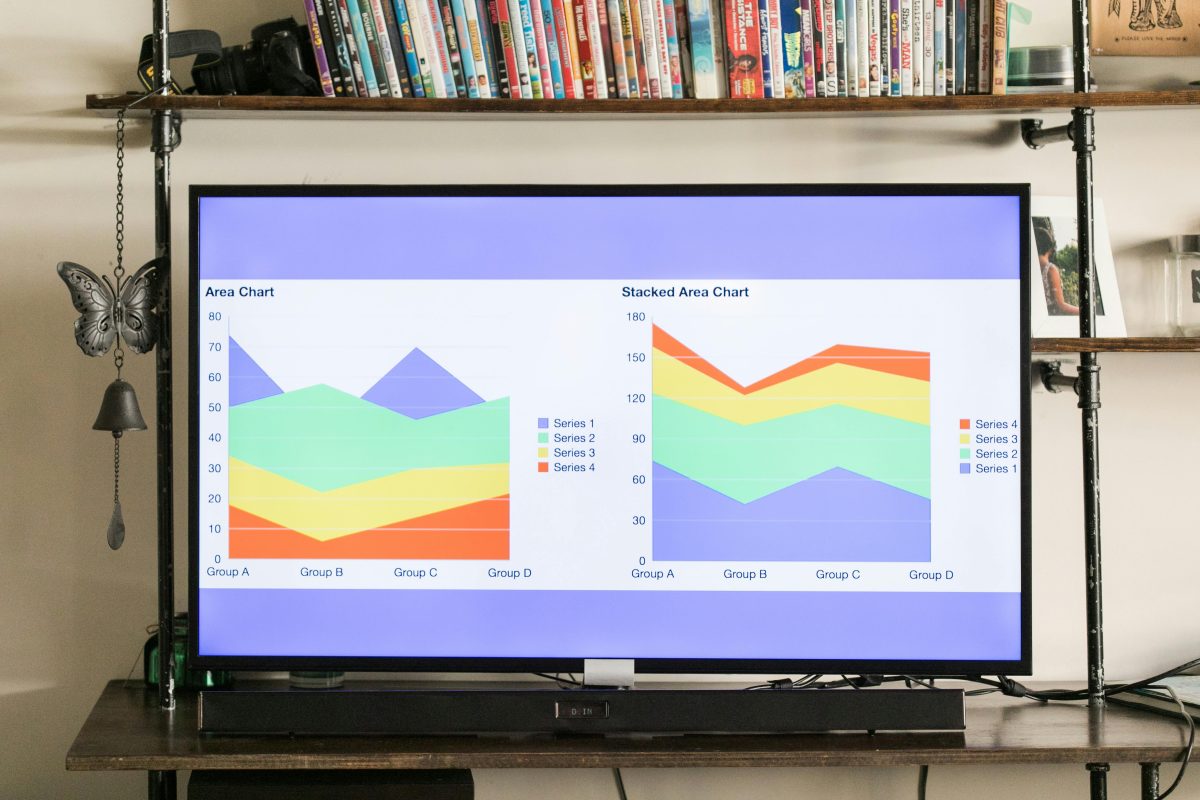You already know that consistently generating high-quality content is one of the keys to success in online marketing. Repurposing content is another strategy gaining momentum in the digital sphere, allowing you to maximize the value of your existing content assets. Consider this:
- 90% of consumers hold relevant content in high esteem.
- There are about 27 million pieces of content shared by individuals every single day.
- About 67% of B2B companies that maintain blogs generate more leads than non-bloggers each month.
These stats show that having a blog and posting a new article every week is important. You must also be active on social media platforms like Facebook, Twitter, and others. Post teasers and links to your new content regularly and interact with your followers often.
It’s easy to keep up with this routine when you’re starting, but it gets tough to come up with fresh ideas every week, especially as time passes. That’s where repurposing content comes in. It’s about taking what you’ve already created and giving it a new spin. This way, you can keep your audience engaged without burning out from constantly creating new content.
For most businesses, the answer is simple: Repurpose your most brilliant pieces of content!
There are several good reasons why repurposing content is one of the best things you can do to keep your content marketing strategies alive.
1. It helps with SEO
Repurposing content is a smart strategy for boosting your search traffic. Essentially, it means presenting a single theme or topic in different ways. When search engines crawl your website, they’ll find more relevant posts on a specific topic, improving your chances of ranking well for related keywords.
Moreover, repurposing content helps you earn more organic backlinks. When your content is available in various formats, it’s more likely to be shared and linked to by others. This signals to search engines that your site is authoritative, boosting your chances of ranking higher in search results. Aligning your content marketing with SEO is key to achieving success for your business.
2. It helps widen your reach
When you repurpose your content, you create more material to share on your social media profiles. This allows you to engage with different audiences as you present your content in various formats. You can reach people who prefer slideshows, infographics, videos, or longer articles. By diversifying your content, you increase your chances of connecting with your target audience, no matter where they’re searching.
3. It increases retention and broadens perspective
When you share your message in different ways, it makes your website more interesting and fun, so people want to come back. It shows you care about what your audience likes because you’re willing to talk to them in ways they like. This makes them stick around and keep coming back.
Using different platforms and types of content lets you look at a topic from different sides. This makes your content more exciting and helps you reach different kinds of people who like different things.
4. It helps you save time
When you make content from scratch, it takes a lot of time. You have to come up with a good topic, do research for the right keywords, and write, edit, and promote it. That’s a long process! But when you repurpose content, you save a bunch of time because you already have something to work with. You just need to adjust it a bit to suit a different group of people.
5. It helps you cut cost
Making content from scratch not only takes more time but also costs more than repurposing. The trick is to ensure that your repurposed content brings something fresh to the table—a new angle or extra insights—even though it’s about the same topic as your earlier post. This adds more value compared to creating an entirely new piece of content, which would be pricier.
Okay, so by now perhaps you’re convinced that you don’t have to worry too much about always coming up with brilliant, fresh ideas for content over the years because you can always repurpose your best pieces of content. But how do you know which of your content is ripe for repurposing?
There are two things you should look at: search traffic and social shares. Once you find your best pieces of content, you can start working on repurposing them.
Creative Ways of Repurposing Content
When it comes to making the most out of what you’ve got, repurposing content is the way to go! But how can you do it in a creative way that keeps things interesting? Let’s explore some easy yet imaginative ways to repurpose your content.
One cool trick is turning your blog posts into eye-catching infographics. Instead of just sticking to plain text, you can take the main points from your blog and turn them into colorful visuals. Infographics are great because they’re easy to share on social media and they catch people’s attention quickly.
Another fun idea is transforming your written content into engaging videos. You can take the key points from your articles and create short video clips or even full-length videos. This way, you’re reaching out to people who prefer watching instead of reading. Plus, videos are super shareable and can help you reach a wider audience.
Don’t forget about podcasts! If you’ve got some awesome blog content, why not turn it into a podcast episode? You can discuss your blog topics in more detail, interview experts, or share behind-the-scenes stories. Podcasts are a great way to connect with your audience while they’re on the go.
And hey, let’s not overlook the power of social media. You can repurpose your content by breaking it down into bite-sized pieces and sharing them as social media posts. This way, you’re giving your audience a sneak peek into your content and enticing them to check out the full version.
Last but not least, consider compiling your best blog posts into an ebook or downloadable guide. This is a fantastic way to repurpose your content and offer something valuable to your audience. Plus, it can help you build your email list and establish yourself as an authority in your field.
So, there you have it—plenty of creative ways to repurpose your content and keep things fresh and exciting! With a little imagination, the possibilities are endless.
Tools and Resources for Streamlining Repurposing Content
When it comes to making the most out of your content, having the right tools and resources can really help. Let’s check out some easy tools and useful tools that can make repurposing your content a lot simpler.
There are online tools like Canva and Adobe Spark. These tools make it easy to create cool graphics and visuals to go with your content. They have lots of templates and simple features, so you don’t need to be a design expert to use them.
You’ve got content management systems (CMS) like WordPress and HubSpot. These platforms help you organize your content and make it easy to reuse. You can create new blog posts or social media updates right from the same place.
Automation tools are also super handy. With tools like Buffer and Hootsuite, you can schedule your content in advance. This saves you time and lets you focus on other things.
As for resources, there are tons of blogs, podcasts, and online courses that can teach you all about content repurposing. They offer tips and tricks to help you get started, and many of them are free!
And don’t forget about networking. Joining online communities and forums can connect you with other people who are into content marketing. They can give you advice and support, and you might even find some cool collaboration opportunities.
So, with the right tools and resources, content repurposing doesn’t have to be hard. You can make the most of your content and reach even more people with your message.
Repurposing Content for Lead Generation
Repurposing content is a smart way to attract and nurture leads for your business. By taking existing content and giving it a fresh twist, you can reach new audiences and keep potential customers engaged.
Create downloadable resources, like eBooks or guides, based on your existing content. These resources offer valuable information to your audience and can be gated behind a lead capture form, allowing you to collect contact information from interested individuals.
Repurpose your content into email campaigns. You can take blog posts, videos, or other content and repurpose them into email newsletters or drip campaigns. This keeps your audience engaged over time and helps move them through the sales funnel.
Consider hosting webinars or live events based on your existing content. This gives you an opportunity to engage with your audience in real time and collect valuable leads during the registration process.
Overall, repurposing content for lead generation is all about providing value to your audience and capturing their interest in a way that moves them closer to becoming customers.






